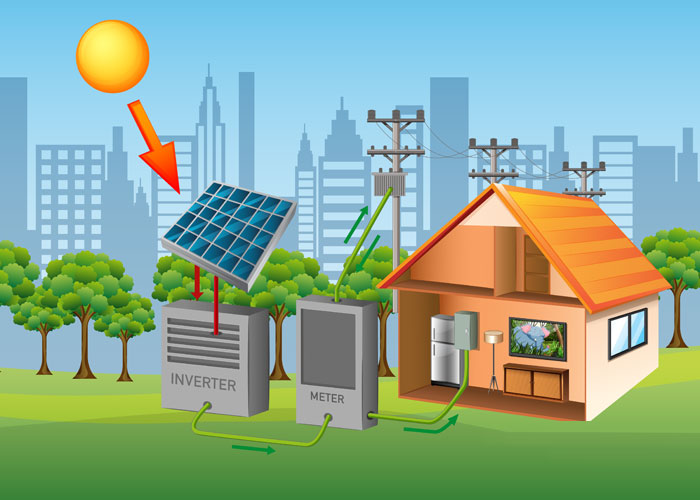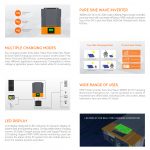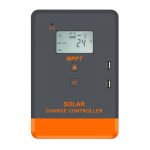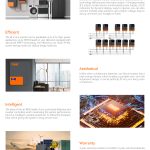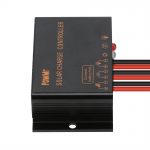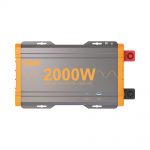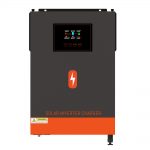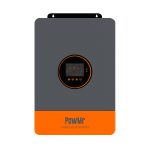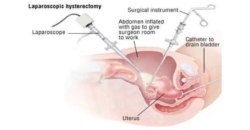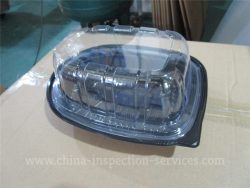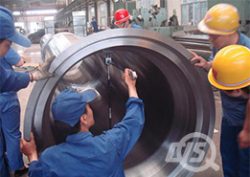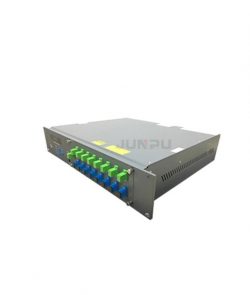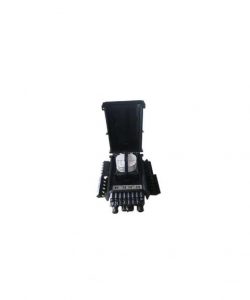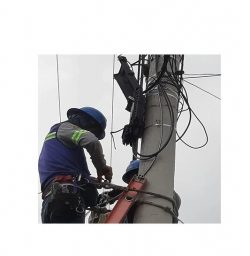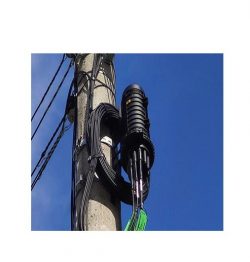What is an overcurrent protection device
Fast battery charging: In areas with frequent power outages, the Hybrid Inverter must charge the battery faster to provide maximum backup power during the next outage. Shakti Charge, Eco Volt neo and Eco watt Rapid are fast battery charging inverters Unlike generator sets, the new generation inverters provide uninterrupted power and generate very low running costs. Also, unlike diesel gensets which have to run at full load which incurs substantial fuel bills, inverters can run at part load.
The battery is the most important part of the UPS. It is related to the good performance and long life of your UPS. Therefore, it is very important to maintain and maintain the battery regularly. When the initial charging phase begins, the system detects that the battery voltage has dropped to a low value and can be charged. MPPT charging starts to work, converting and transferring the PV output power to the battery. When the sun is strong, the output power of the photovoltaic array will be greatly increased, and the charging current will reach the threshold. This is the time when MPPT charging stops and goes into constant charge mode.
Some solar controllers are 5-wire terminals. In this case, the solar panel and battery share the positive pole, and the negative pole is separated. Loads use separate terminals. When wiring, just connect the positive side of the panel and the battery together, the wiring on the left is as usual. The small unit also comes with a cable that clips directly to the battery. If you want an 48V Inverter that plugs into a cigarette lighter, you’ll have to choose an inverter that’s 450 watts or less. The difference between them is that pure sine wave inverters produce better and cleaner current.
They are also quite expensive Wet Batteries vs. SLAs: Wet batteries have lower cost of ownership than SLAs (sealed LED acid), but they require a higher amount of maintenance. On the other hand, SLA batteries have a much shorter lifespan and require much less maintenance, but they also cost a lot more. Therefore, although SLAs are more expensive, they generally offer a better return on investment than wet batteries. At the same time, the inverter starts to draw current from the battery, which is then supplied to the AC load.
Because it remains off while drawing current from the AC line during normal operation, it is known as an offline UPS. Additionally, some solar charge controllers offer low voltage disconnect, a modifiable control voltage set point, and overload metering and protection. They also significantly enhance battery charging, making them an essential part of any solar power system. What is the best solar charge controller. The best solar controller is the best controller for your solar project and it needs to be the right battery for you.
And you need to know all the details of the PV system such as input and output power, maximum battery current, nominal system voltage (12V, 24V, 36V, 48V, 60V, 100V, 150V and even 200V). When considering which mppt controller to choose, please refer to the mppt controller calculation guide above. In addition to these benefits, using an innovative PWM solar charge controller on older technology means reducing solar system cost and battery handling issues. It also improves solar system reliability and reduces load disconnects. It also provides an opportunity to reduce battery size to reduce system cost.
Whether it’s a faulty circuit board, a repeating alarm beeping or a display showing an error code – these issues need to be checked occasionally by a professional. There could be a problem with the battery wires and cables, or it could be that your inverter is constantly switching from the mains to the battery. If you notice any of these issues, it is recommended that you call customer service for a maintenance check. A cable with battery terminals (ring or stud terminals) for connecting to the inverter is available here.
What is an overcurrent protection device? Why do I need one? The Importance of MPPT Solar Charge Controllers. When you look at many solar panels on the market and look at their results, you will see that under normal operating parameters, the voltage range varies from low to high. While typical solar panels operate at voltages in excess of 18 volts, Solar Batteries are made to a predefined voltage range based on the cell structure, and many batteries operate at 12 volts.
